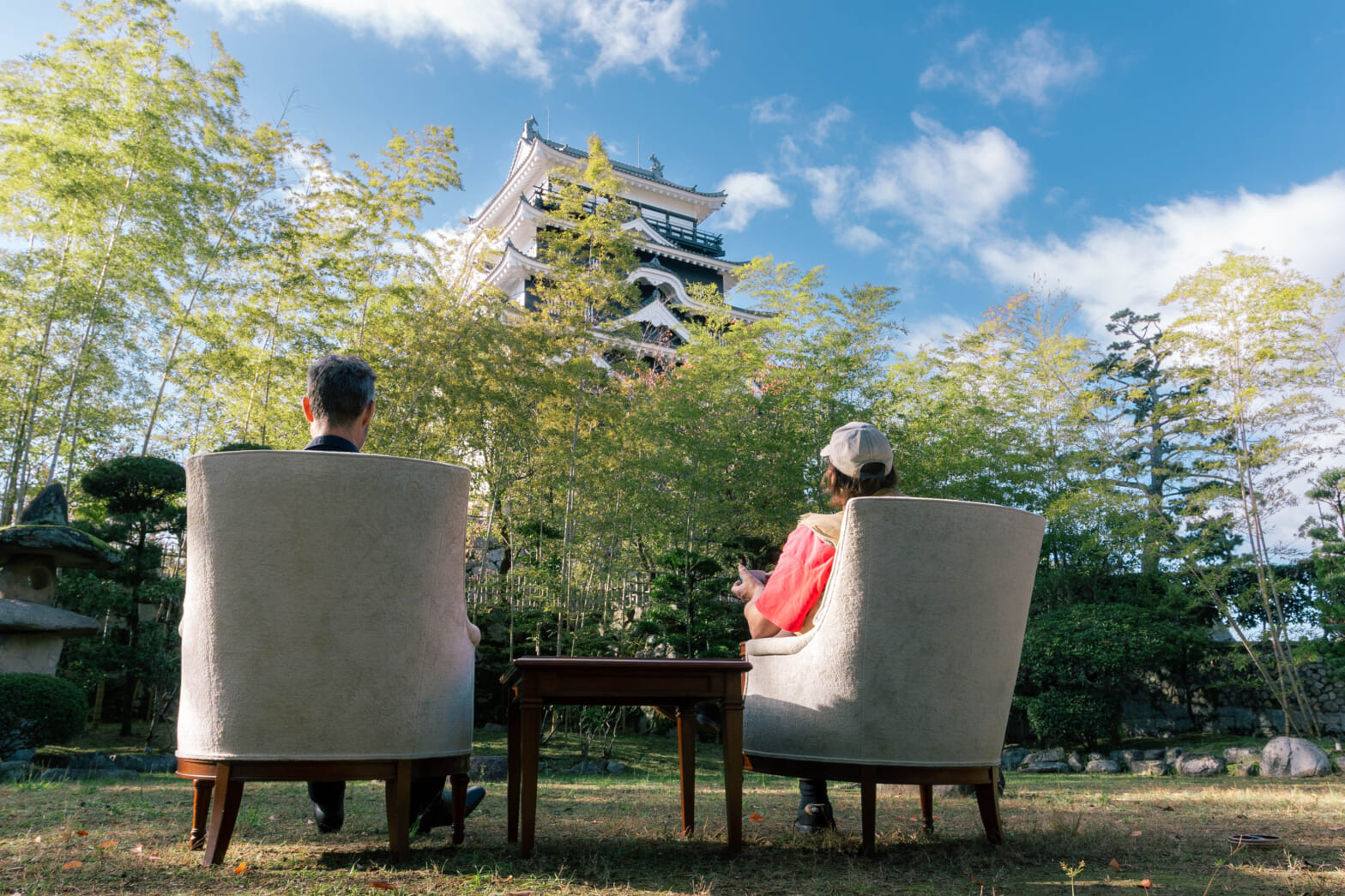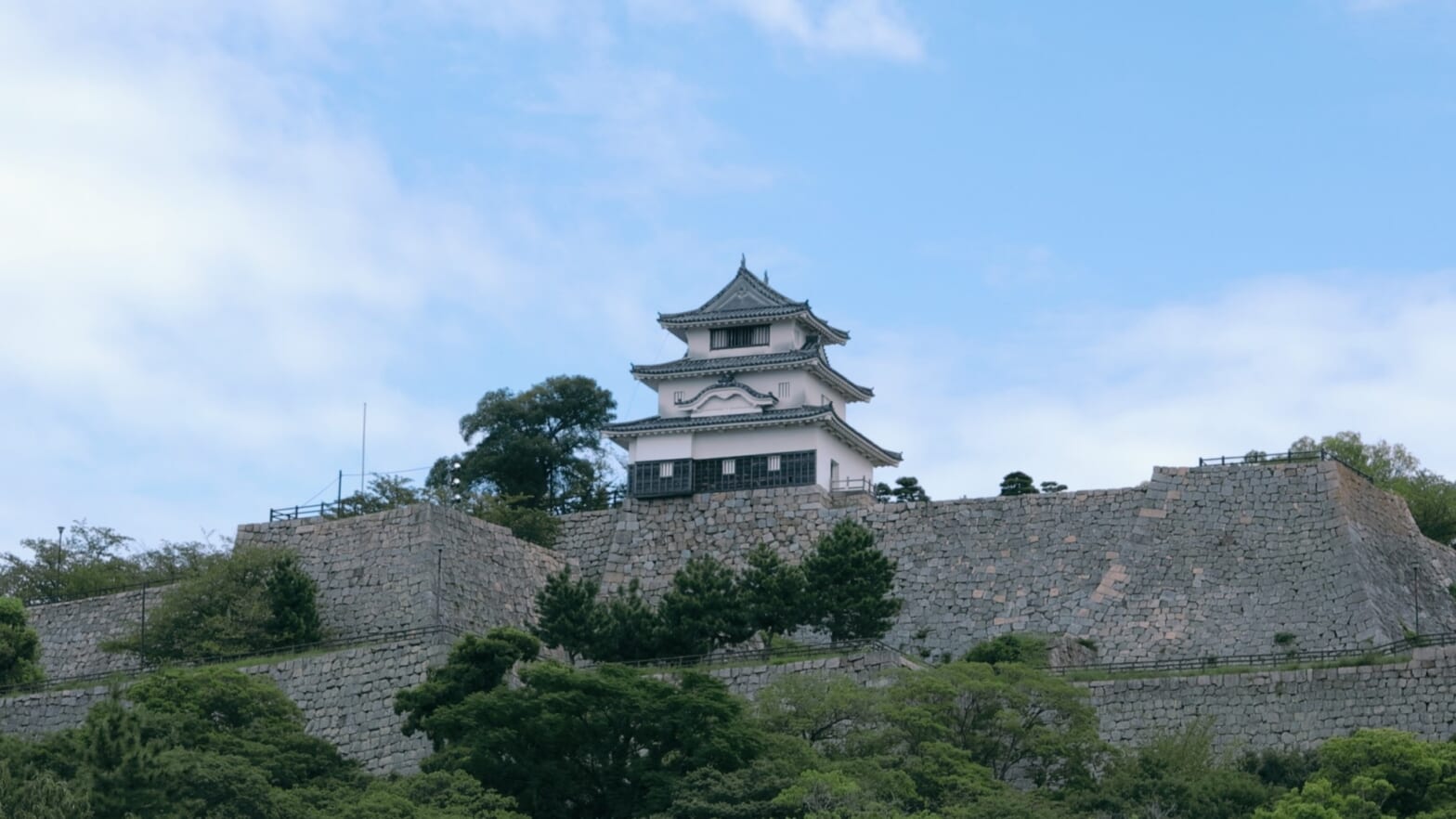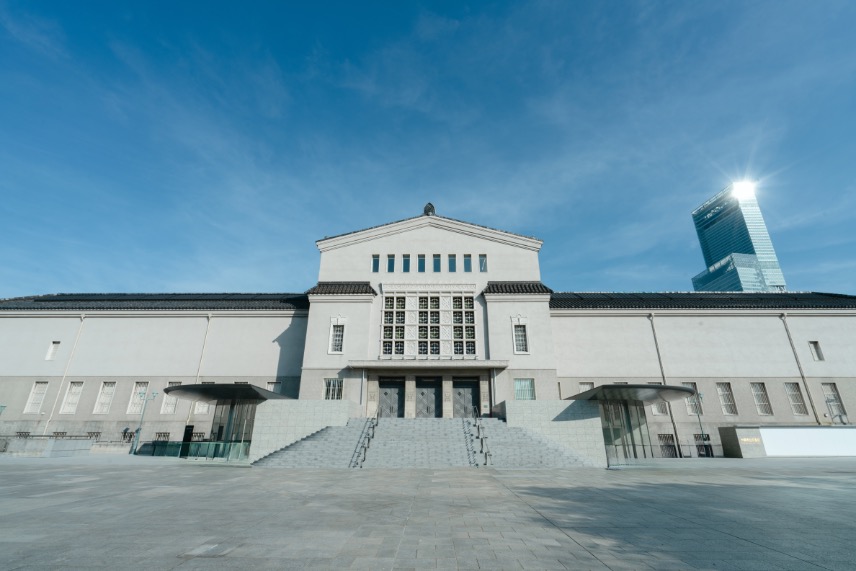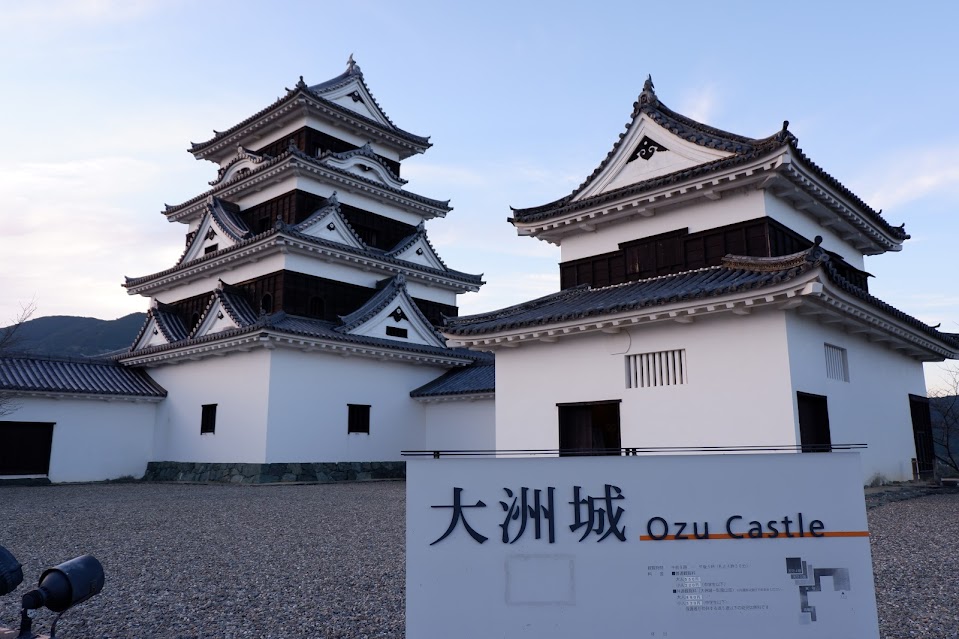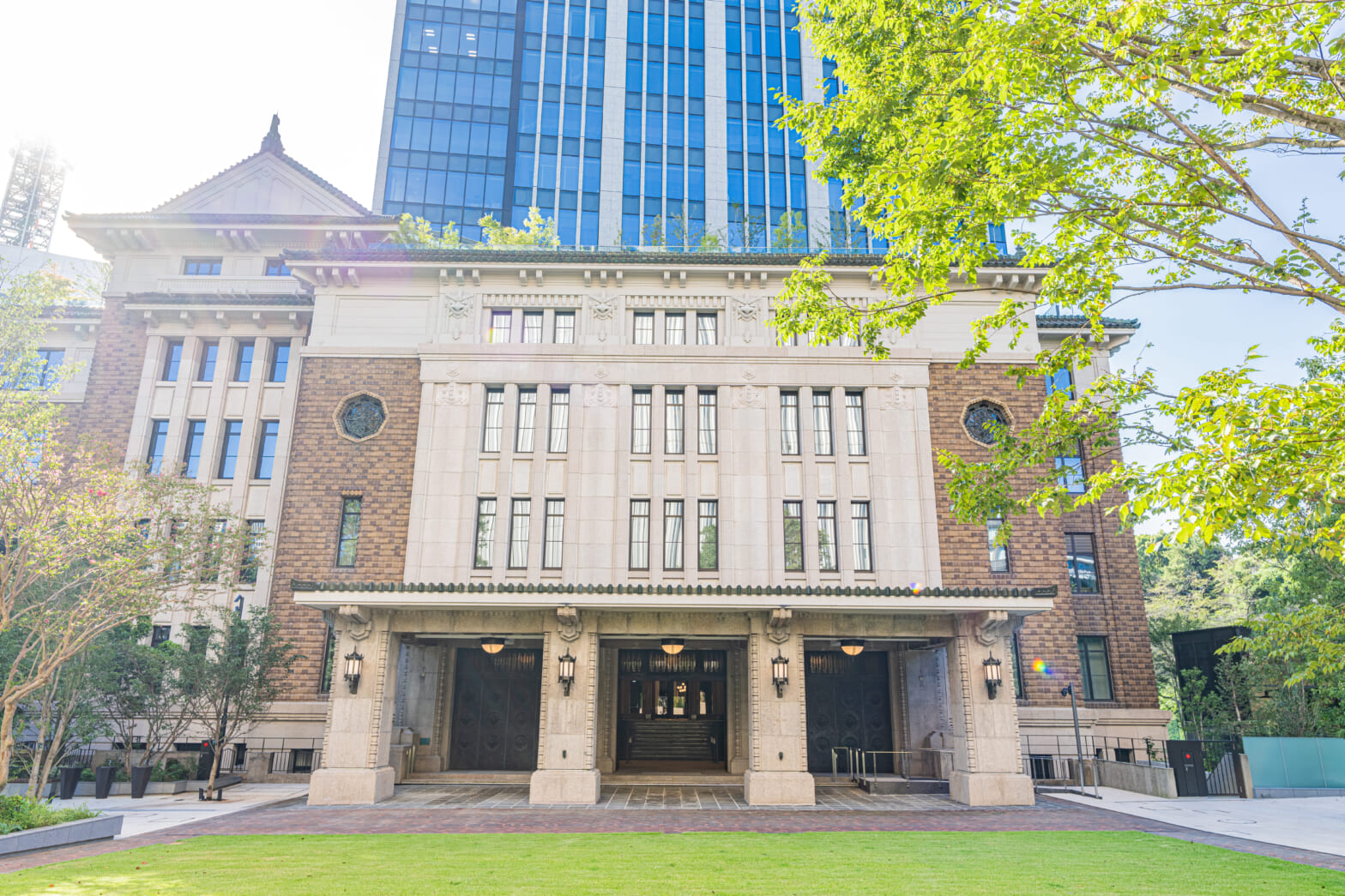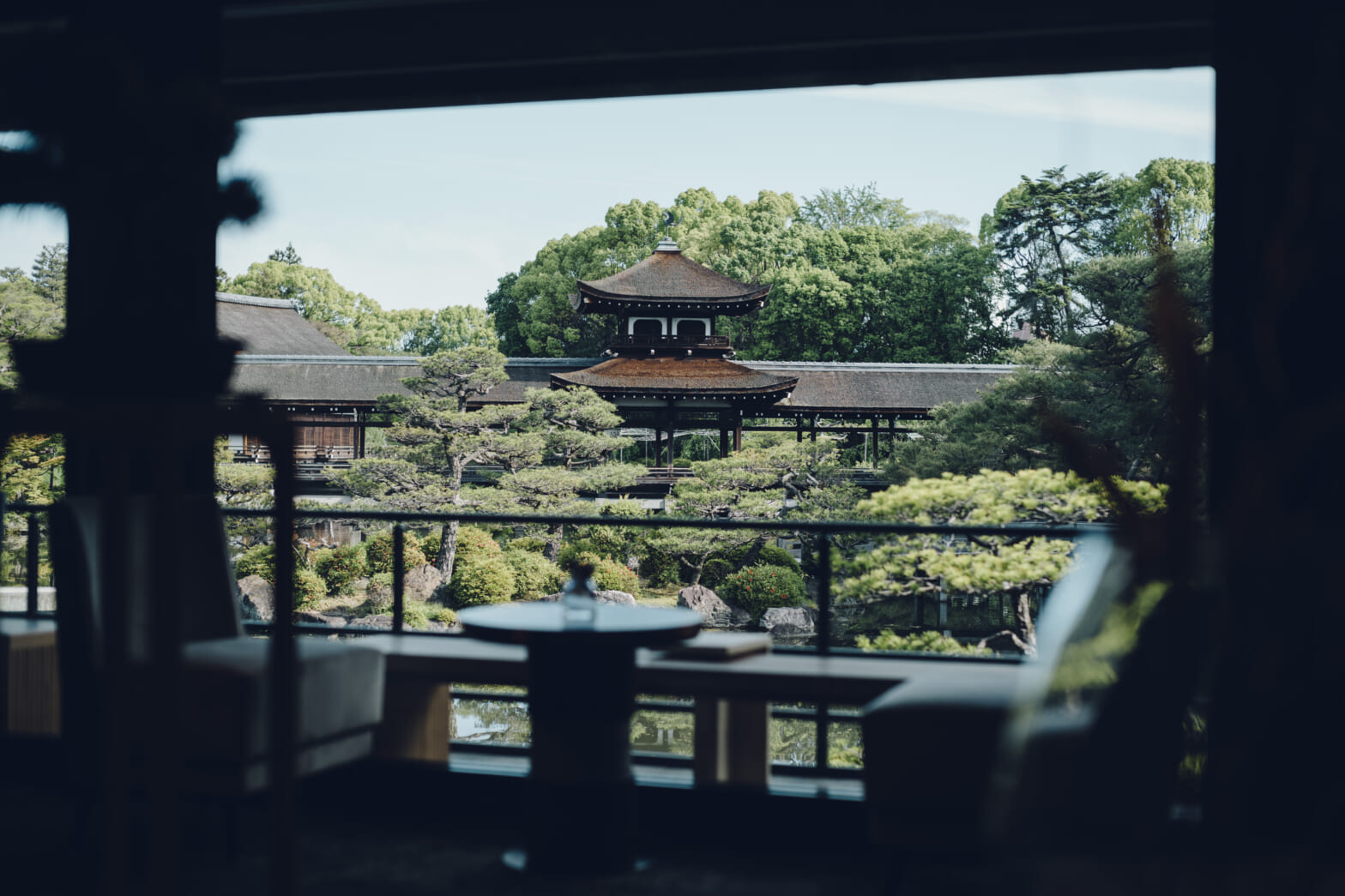What Role Does MICE Play in Japanese Tourism? An Introduction to Tourism Strategies Utilizing Unique Venues
2025.7.3
column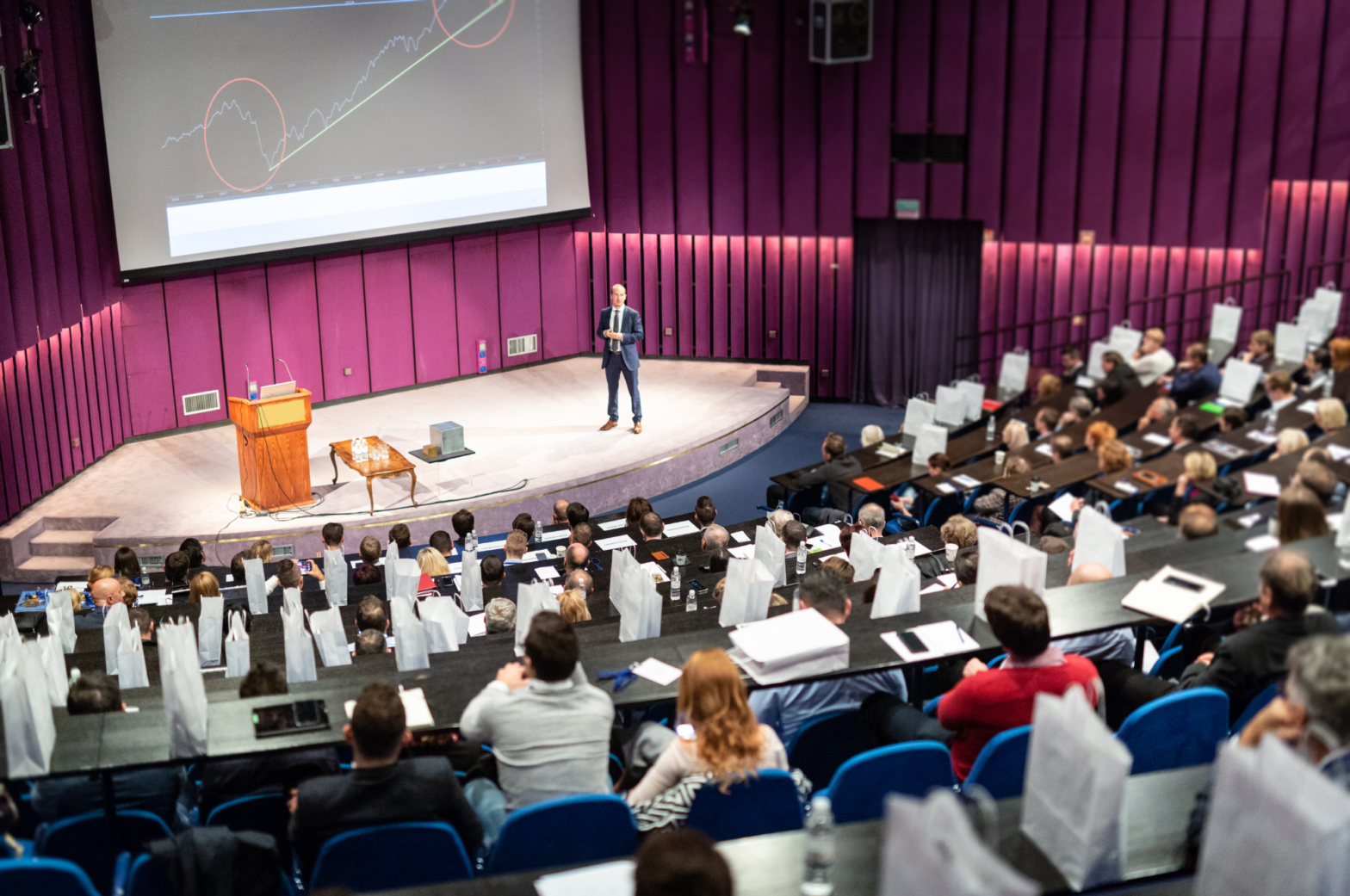
Table of Contents
- What is MICE? A Simple Explanation of Its Meaning and Pronunciation
- The Role of MICE in Tourism
- Recommended Unique Venues for Hosting MICE Events
- Real-Life Examples of Combining MICE and Tourism
- For Those Considering Hosting a MICE Event
What Is MICE? A Clear Explanation of Its Meaning and Pronunciation

In recent years, as Japan’s tourism policies have been actively promoted following the subsiding of the COVID-19 pandemic, increasing attention has been drawn to the concept of “MICE.”
MICE (pronounced “maisu”) is an acronym that stands for Meeting, Incentive Travel, Convention, and Exhibition (or Event). It refers to a collective term for business events organized by entities in the public, private, and academic sectors, centered around themes related to business, politics, or academia.
The details of the four types of business events are as follows.
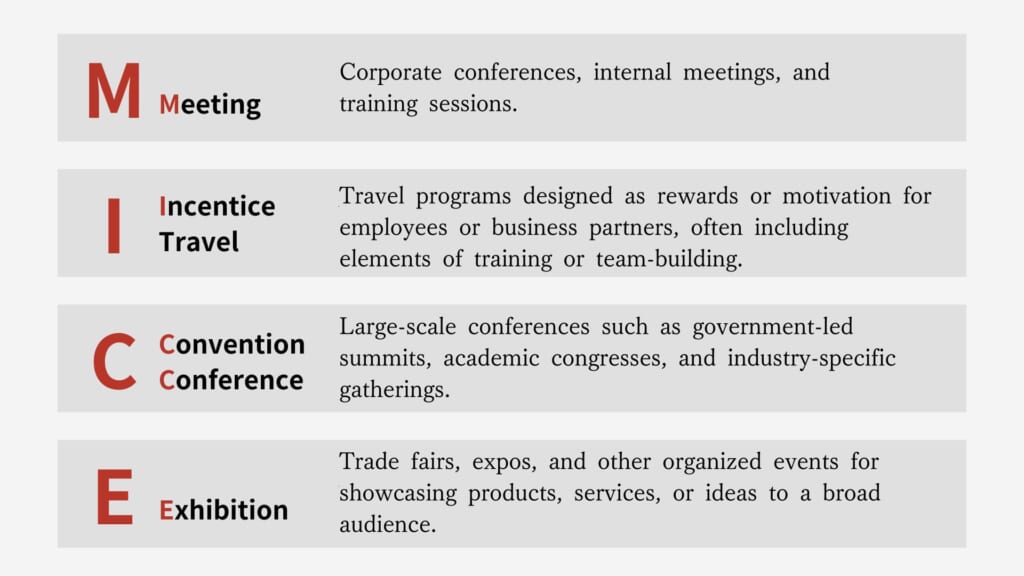
When MICE events are held, numerous stakeholders from both domestic and international corporations and academic institutions participate in accordance with their respective objectives. Hosting and attracting MICE events not only offers significant advantages from a business perspective, but also serves as a powerful means of drawing people from around the world from a tourism standpoint.
The Role of MICE in Tourism

Having understood the fundamentals of MICE, what specific advantages can be gained by hosting such events?
MICE serves as a valuable platform for acquiring business and academic insights, while also fostering the development of human networks among participating organizations. Not only does it benefit the event organizers, but it also presents the host country with opportunities to generate new business and drive innovation. Furthermore, unique and distinctive initiatives implemented during MICE events can attract significant media attention, contributing to increased visibility and enhanced branding.
By hosting MICE events, a large number of participants from both Japan and abroad gather at the venue and surrounding areas. This generates economic ripple effects not only for the organizing companies and institutions but also for related businesses and the host region itself. For example, such effects include increased consumer spending on transportation, accommodation, and dining facilities in the vicinity of the event. Since MICE is a form of business event, it can be expected to boost the number of visitors to the area not only on weekends or holidays, but also on weekdays, thereby further stimulating local economic activity.
What Are the Recommended Unique Venues for Hosting MICE Events?
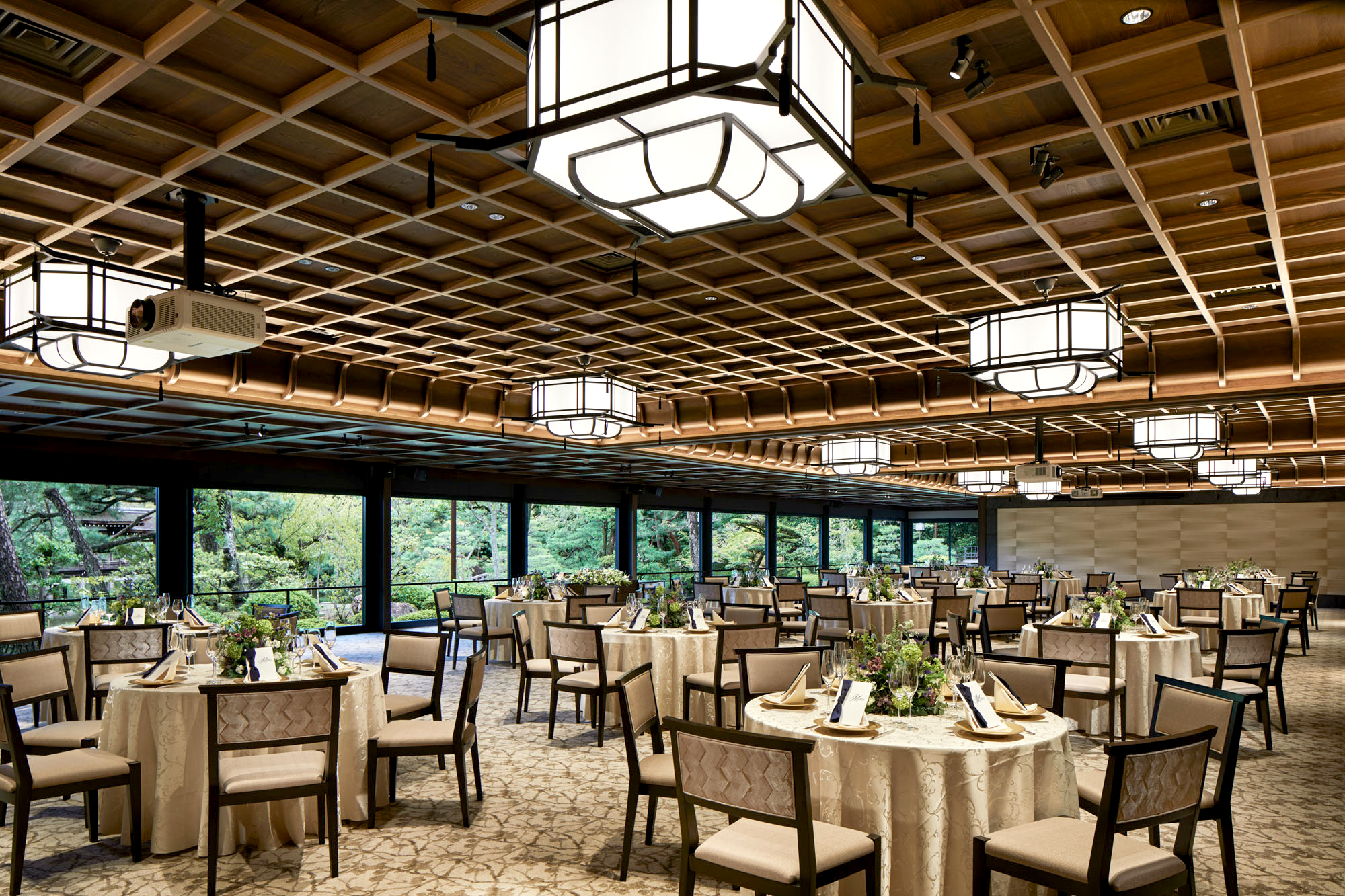
One effective way to maximize the benefits of hosting MICE events is through the use of unique venues.
A unique venue refers to a special location that is made available for purposes different from its original use—hence the term “unique.” These venues typically include places with distinctive atmospheres such as historical buildings, shrines and temples, castle ruins, art museums, and history museums. Hosting conferences or receptions at such venues allows organizers to create a sense of exclusivity and highlight regional characteristics.
Utilizing unique venues not only enhances the appeal of the event itself but also encourages repeat visits by participants, thereby contributing to increased tourism and generating economic ripple effects within the host region. By holding MICE events in these unconventional and culturally rich settings, organizers can create memorable experiences while showcasing local heritage and charm.
Examples of Combining MICE with Tourism
Unique venues are often used as party or reception sites within the context of MICE events. Below are some real-world examples of events that have successfully utilized such venues.
(1)AKAGANE RESORT KYOTO HIGASHIYAMA 1925
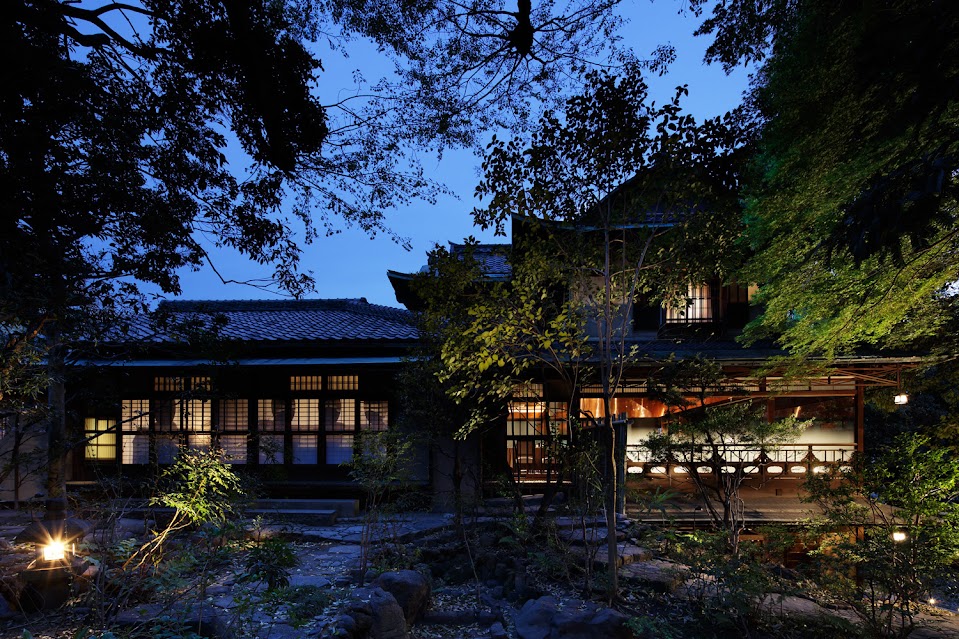
Akagane Resort Kyoto Higashiyama 1925, originally built in 1925 (Taisho 14), is a renovated private residence that once belonged to the owner of one of Japan’s leading copper processing companies. The venue features exquisite copper design elements throughout, showcasing the material’s beauty in a refined and luxurious setting.
Located in Higashiyama—one of Kyoto’s most iconic sightseeing areas, known for its many temples and shrines including the famous Kiyomizu-dera—the resort served as the base for a luncheon event, blending the elegance of the venue with the cultural richness of the surrounding area.

Participants were free to explore the surrounding sightseeing spots at their own pace, enjoying a leisurely stroll through the culturally rich area. Along the way, they were able to take a relaxing break with refreshments at Salon de KANBAYASHI, located next to the entrance of Akagane Resort Kyoto Higashiyama.
The program concluded with a luncheon featuring Kyoto-style French cuisine in a private banquet hall.
This special venue, a renovated former private residence, served as a meeting point, a resting spot during free exploration, and a lunch venue after sightseeing. Thanks to its status as a unique venue—rented out to meet purposes different from its original use—it enables the realization of distinctive tourism plans.
Click here for event details
Click here for more information about Akagane Resort Kyoto Higashiyama 1925
(2)FUNATSURU KYOTO KAMOGAWA RESORT
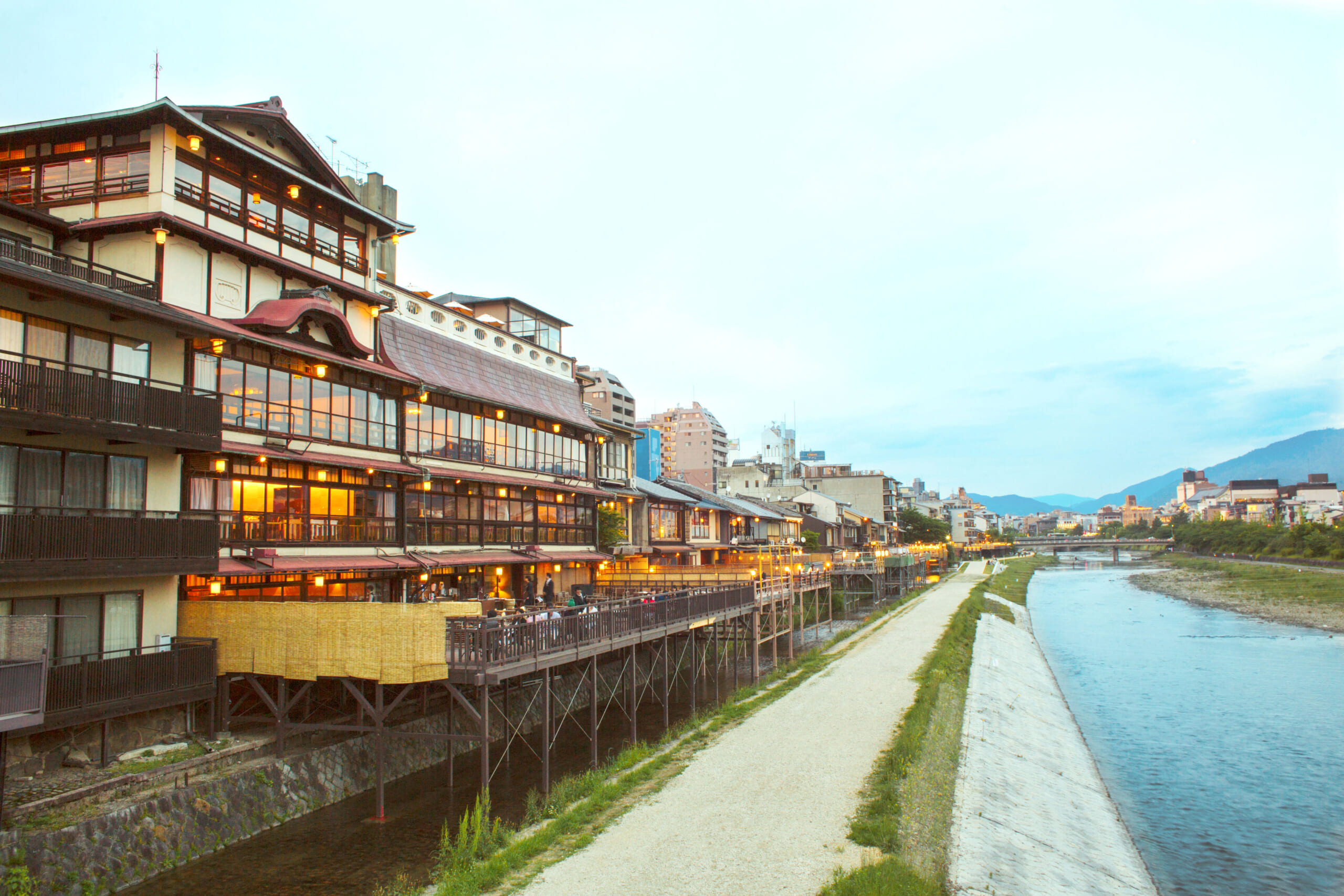
Funatsuru Kyoto Kamogawa Resort, located along the banks of the Kamo River in Kyoto, is a venue characterized by its historic Japanese-style architecture in the five-story pagoda style. Formerly known as the long-established ryotei inn “Funatsuru,” it has been cherished by many over the years.
At this venue, an apéritif party was held on the rooftop terrace for international tourists who had just finished sightseeing in Kyoto, followed by a dinner in the main banquet hall.

Guests enjoyed reminiscing about their sightseeing experiences in Kyoto while taking in the beautiful views of Higashiyama and the Kamo River, both beloved tourist spots in the city. As the participants were from overseas, they were welcomed with a familiar apéritif party style, while also experiencing the uniquely Japanese atmosphere of a venue designated as a tangible cultural property.
This is an example of utilizing a unique venue as a fitting space to conclude a memorable sightseeing experience.
Click here for event details.
Click here for more information about Funatsuru Kyoto Kamogawa Resort.
(3)Yamamoto Noh Theater
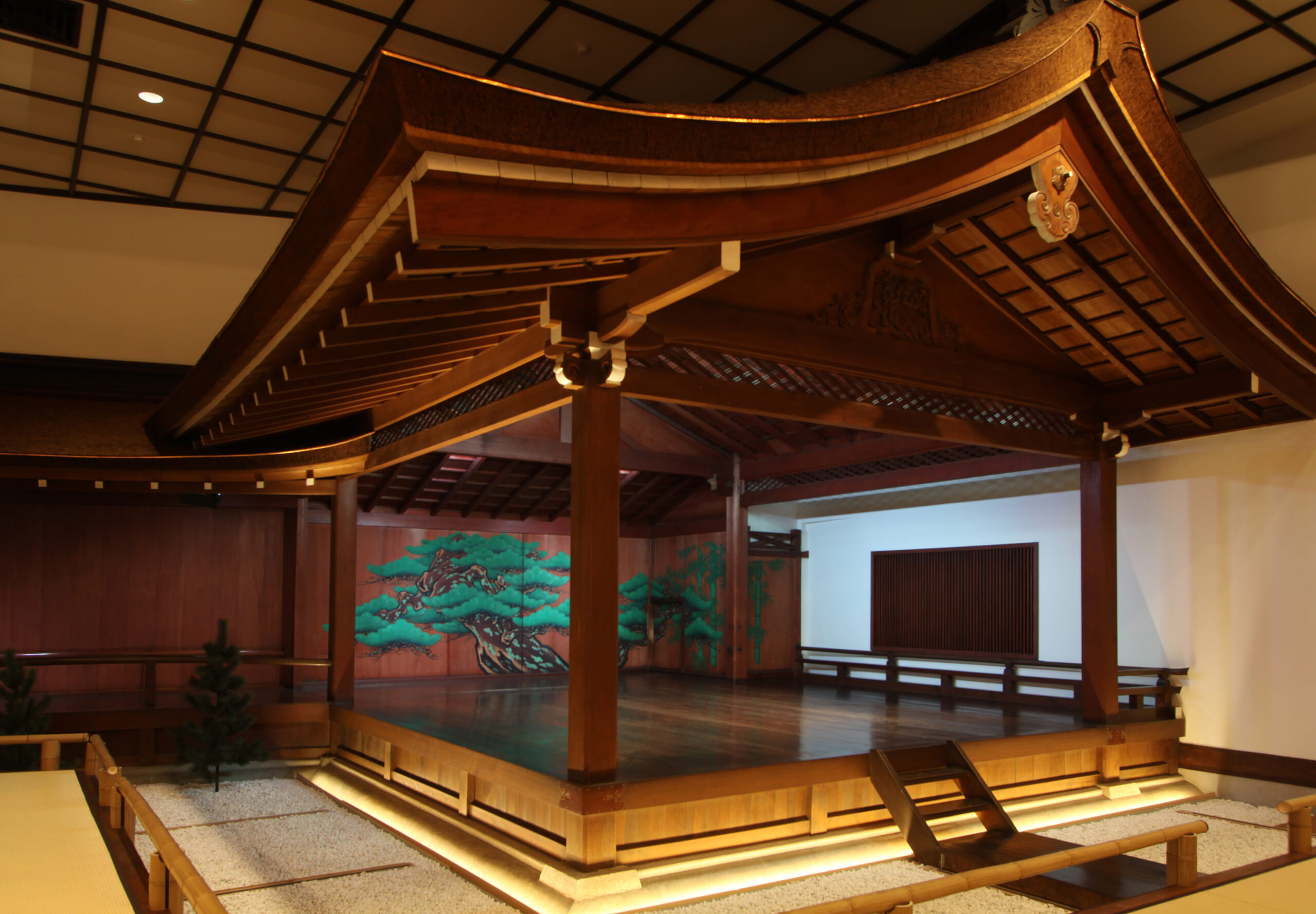
Yamamoto Noh Theatre, established in 1927 (Showa 2) and designated as a national cultural property, is a venue notable for its impressive roof made of thick hinoki bark shingles. Located in the heart of Osaka’s business district, this facility’s prime location was utilized to host a private event for overseas guests, featuring a traditional Noh performance followed by a sushi dinner.
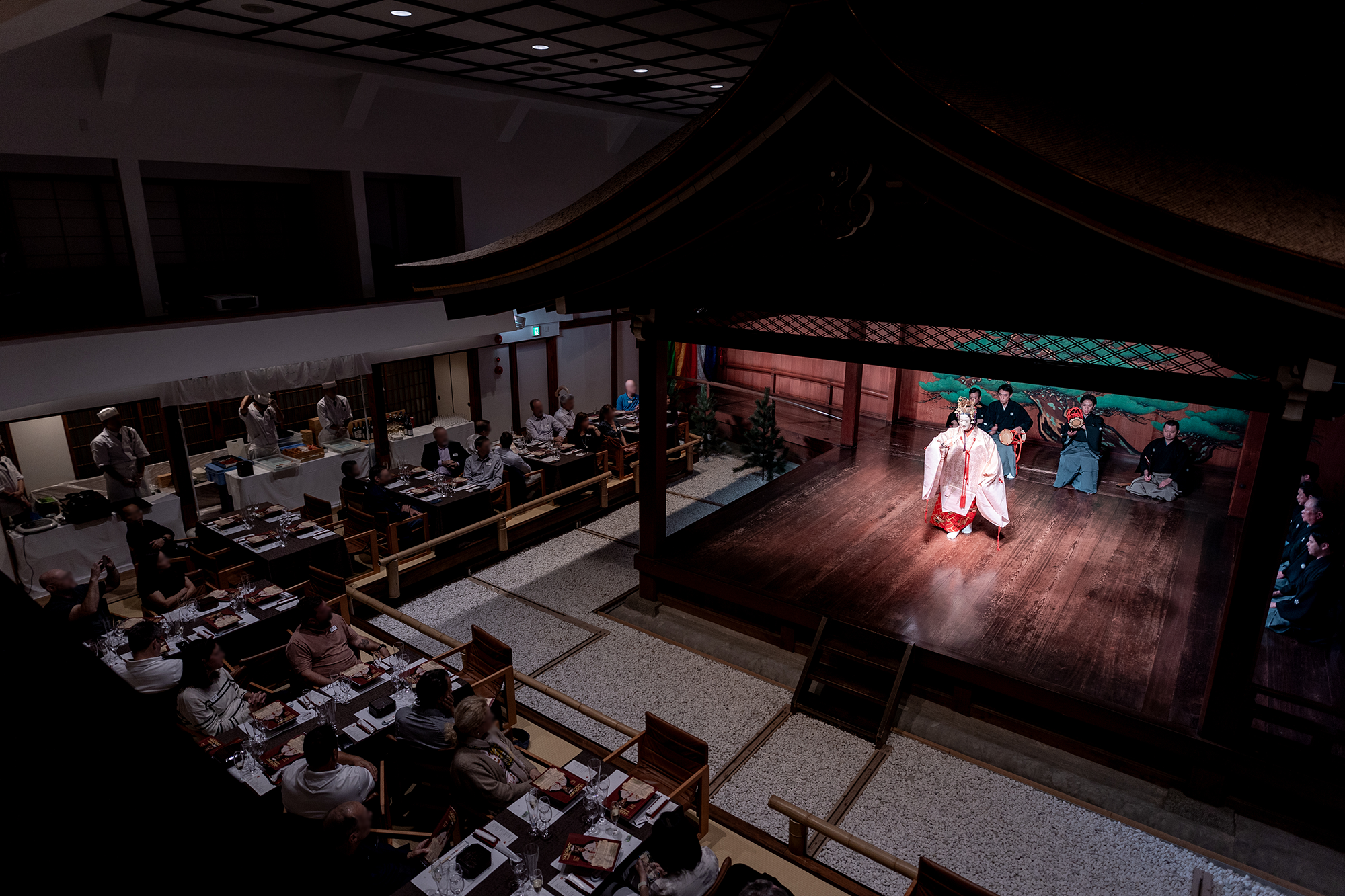
In addition to enjoying the Noh performance itself, guests were offered a deeper cultural experience through explanations about the history of Noh, the musical instruments used, and the performance techniques. They also had the opportunity to savor Japanese culinary culture with sushi prepared by skilled chefs right before their eyes.
Events held at unique venues not only provide a sense of exclusivity but also offer opportunities to learn about Japan’s rich historical culture. Therefore, such venues are highly recommended for those who wish to deliver new value through their business events.
Click here for event details
Click here for more information about Yamamoto Noh Theatre
For Those Considering Hosting MICE Events
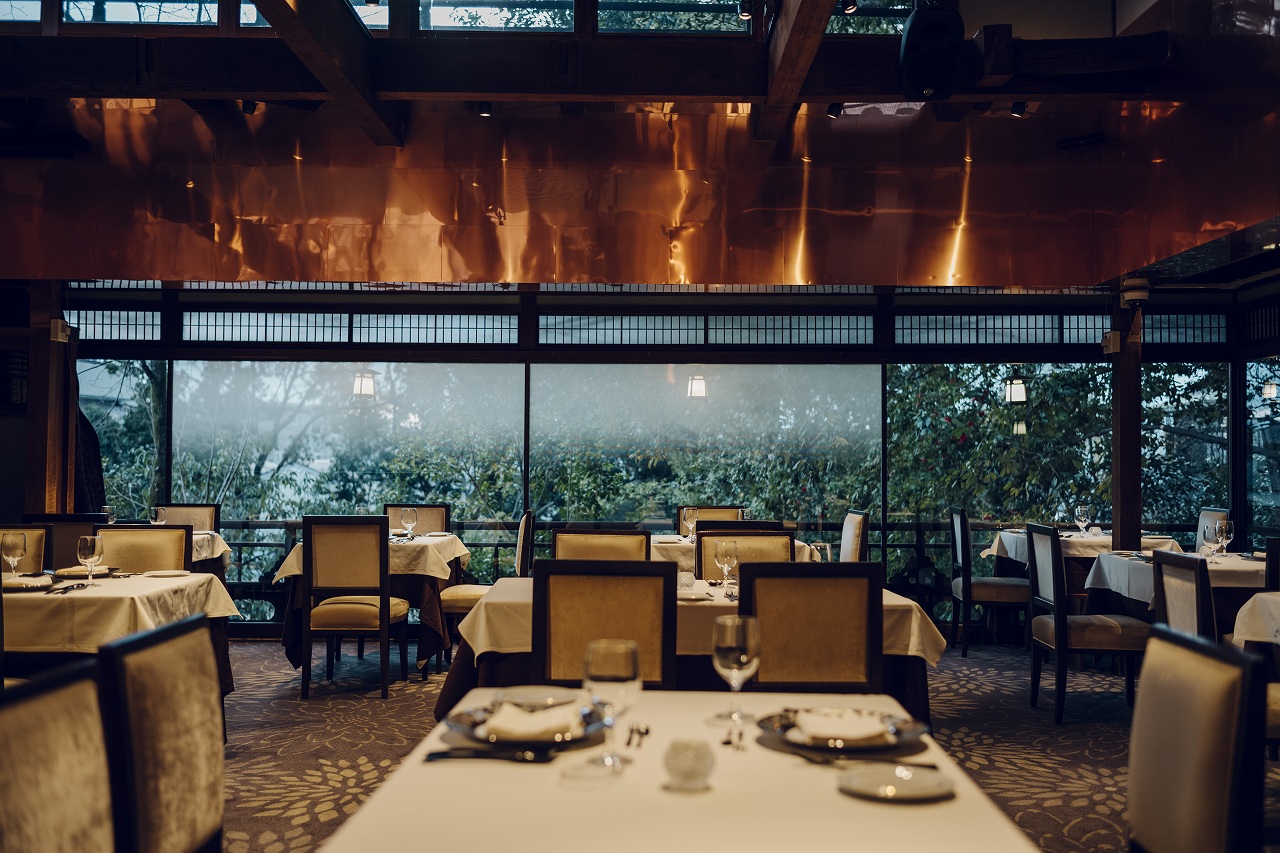
Have you gained an understanding of the appeal of MICE itself and the initiatives to promote tourism through the use of unique venues?
“If you want to learn more specific details about MICE,” or “If you would like recommendations for unique venues suitable for your upcoming MICE events,”
We, at UNIQUE VENUES OF JAPAN, are here to support you in leveraging MICE, which is just beginning to gain attention and will play a key role in Japan’s future tourism. Please feel free to contact us.
Contact us here
PLACE
Find a venue
Spend time with your loved ones,
at a one-of-a-kind location
where you can experience Japanese culture.


